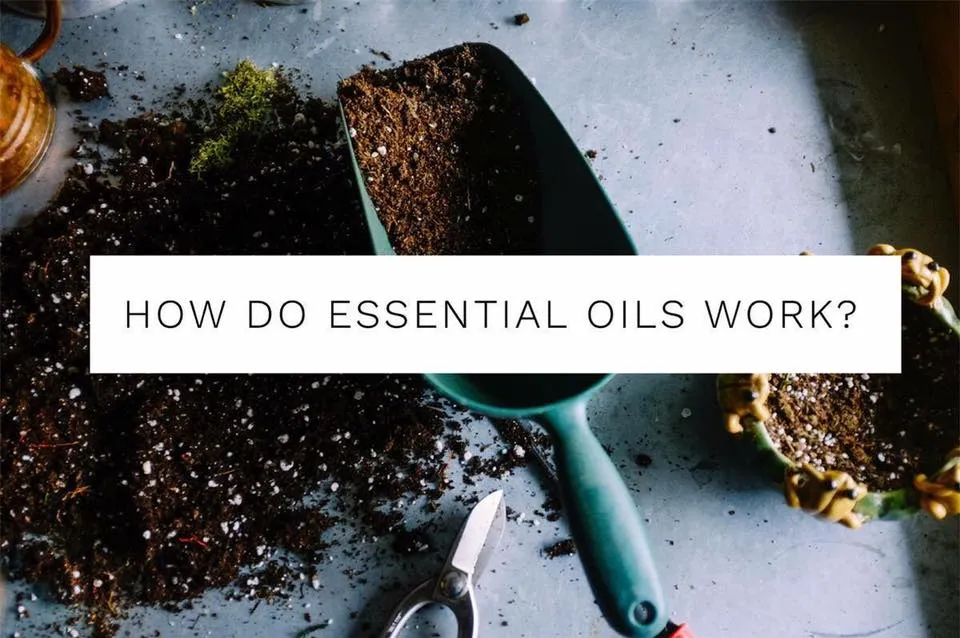
One drop of an essential oil has 40 million trillion molecules.
40,000,000,000,000,000,000!
Essential oils are composed of very small molecules that can pass through all of our tissues and penetrate your cells and some compounds in essential oils can even cross the blood-brain barrier. They differ from fatty oils (like those in vegetables or nuts…olive oil, coconut oil, etc.) that come from large molecules because they cannot penetrate your cells so they are not therapeutic in the same manner.
The fatty bi-layer under your skin pulls the essential oils through in order to circulate into our body’s vessels. This is why purity and quality matter.
“Essential oils have a unique ability to penetrate cell membranes and travel throughout the blood and tissues. The unique lip-soluble structure of essential oils is very similar to the makeup of our cell membranes, and the molecules of essential oils are also relatively small, which enhances their ability to penetrate into the cells. When topically applied to the feet or soft tissue, essential oils can travel throughout the body in a many of minutes” (Life Science Publishers Essential Oil Desk Reference)
Essential Oils are Adaptogenic. Because essential oils are live, have a frequency, and contain chemical constituents, they can adapt to what your body needs. Adaptogenic oils possess the power to both sedate and stimulate depending on the actions needed. For example, Lavender is known as the Swiss Army Knife of Essential Oils because it is an adaptogen. Lavender can be used for calming and relaxing AND to soothe skin. Lavender can adapt to the needs of the person using it.